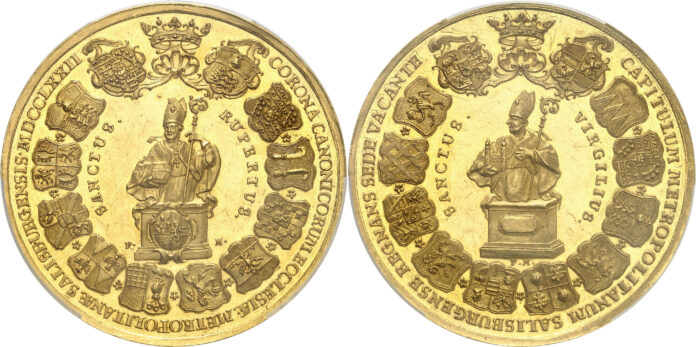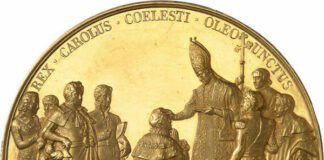The Full Range of Numismatics: The Künker Fall Auction Sales
They are an integral part of the numismatic agenda: the Künker Fall Auction Sales, which are scheduled for the week from 7 to 11 October 2019. In four auction catalogues, Künker presents a wide range of exciting coins and medals – from special collections of ancient to those of modern coins and medals. The Dr. W. R. Collection, the Phoibos Collection and the collection of a North German friend of ancient coins contain beautiful ancient coins of historical importance and extremely fine grades. Friedrich Popken, Dr. Rolf Löns, Eberhard Link and Kyler Liechty – these are only some of all the collectors that entrusted auction house Künker with their treasures for the two catalogues of medieval and modern coins and medals. At the end of the week, Künker runs an additional auction of orders and decorations, during which, for example, part 3 of the Peter Groch Collection will be sold. You can find this collection under the heading Militärische Konflikte des 20. Jahrhunderts bis 1918/1921 (= Military Conflicts of the 20th Century until 1918/1921).
Auction 326: Coins from the ancient world
The auction week starts with part 3 of the Dr. W. R. Special Collection. This part is dedicated to coins from Northern and Central Greece, from the Cyclades and from Crete. 439 lots take us back to the past, to the times we still remember from our textbooks in school. Here we can find Macedonian kings, Athens, Sparta but also exciting and unusual images such as the depiction of a ray on a coin from Kephallenia.
Then, the Celtic coins follow and there are some very rare pieces among them, for example a gold stater of the Parisii and a Noric tetradrachm with the inscription “Escingoma” – Göbl only knew about a single specimen of this issue.
In this auction, lovers of beautiful Greek coins will find everything they could ever wish for. The most magnificent pieces stem mainly from the collection of a “North German friend of ancient coins” with an exquisite eye: Whether it be an incuse, early stater of Poseidonia or Caulonia, a classical stater from Lokroi with an eagle tearing a hare, an early classical tetradrachm from Kamarina or Syracuse, whether Punics, Ainos or Chalcidic League – many impressive testimonies of Greek coinage are on offer. Some rare examples of the Hellenistic coinage are also waiting for the experts. There is, for example, a gold stater of Demetrius Poliorcetes modelled on the Alexander type and a gold stater of Ptolemy I minted in Kyrene.

Gold jewellery related to Napoleon’s sister
14 aurei for a necklace, 7 aurei for the matching bracelet: According to tradition, it was Napoleon Bonaparte who had this piece of jewellery made in the Empire style for his little sister Pauline. It would fit perfectly into a period in which antiquity became the model of a whole culture. Napoleon considered himself to be an improved version of the ancient emperors. And Pauline loved to be portrayed in the antique style. It was a scandal when Pauline undressed herself for the then famous sculptor Canova in order to pose for his Venus Victorious.
We know numerous paintings of her on which she is depicted with jewellery incorporating antique elements. Pauline was Napoleon’s favourite sister; therefore, it is very likely that the emperor gave her this gift. She was the only one of his relatives that followed him into the exile to Elba, where she improved his standard of living by selling her jewellery.
When this necklace was presented for the first time in 1966 by Jacques Schulman in Delft in the context of one of the most important fairs for antiques of that time, it was “the” topic of the newspapers.
Roman coins
After a broad variety of coins of the Roman Republic, the coins from Imperial times follow with a wide range of spectacular aurei, many of them from the Phoibos Collection. In this preview, we will limit ourselves to three examples. An extremely fine aureus of Pertinax will be sold as well as an aureus with a double portrait of Septimius Severus and Caracalla, whose provenance can be traced back to the year 1963. Almost as rare is a nearly extremely fine solidus of Procopius, who had himself proclaimed emperor on 28 September 365 and who was executed as early as on 7 May 366 by his rival, the emperor Valens.
The auction ends with coins of the Migration Period, Byzantine coins and Crusader coins. Among them is a small series of coins of the Order of Saint John of Rhodes.
Auction 327: 300 rarities from the area of Lower Saxony from the Friedrich Popken Collection – Coins and medals of the Kingdom of Westphalia: the Dr. Rolf Lön Collection – Coins and medals from medieval and modern times, a. o. from the Eberhard Link Collection and the Skyler Liechty Collection
Auction 327 starts on Tuesday at 2 pm with a well-known name: Another part of the Friedrich Popken Collection that contains rarities from the area of Lower Saxony will be on offer. Among them, for example, an extremely rare silver bare from Brunswick. It is one example of all the bars made of precious metals that were used during the High Middle Ages for the payment of large amounts of money. Today they are extremely rare because most of them were melted down.
A reichstaler from Einbeck minted in 1618 shortly before the following coinage debasement is also part of the Popken Collection. Einbeck was the only town in the area that still issued this denomination.
The most spectacular piece of the Popken Collection is a coin of the Lower Saxon Circle weighing four gold gulden and struck after 1601 from the reverse dies of two different half talers bearing the date 1561 and 1601 respectively. We do not know on which occasion this happened. It is known, however, that the Imperial Circles significantly gained in power between the turn of the 17th century and the Thirty Years’ War and that they pursued an active policy. Of course, heavy gold multiples were a means to that end.
Then, the Dr. Rolf Löns Collection of coins and medals of the Kingdom of Westphalia follows. An outstanding piece is the undated gold medal of 45 ducats whose minting was commissioned by emperor Napoleon III in 1860 on the occasion of the death of his uncle Jerome Napoleon. A die from 1811 was used for the obverse while the reverse die was newly manufactured.
Next are coins from the German States, the Habsburg Empire and world coins. Three topics dominate in the first two parts: Medals, hunting and multiple talers. In this preview we will only present one example for each area:
The topic of medals is represented by a piece from Brunswick and Lüneburg commissioned by George Louis – the later George I of Great Britain – on the occasion of the death of his mother, Sophia of the Palatinate, in 1714. The reverse features a splendid garden with four straight trees behind which a glowing sun sets.
The collecting area of multiple talers is represented by a broad quadruple reichstaler from Rostock with an estimate of 50,000 euros minted in 1605 and commemorating the hereditary homage to Charles, Duke of Mecklenburg.
An example for the hunting theme is a reichstaler of Ferdinand II minted in 1626 in Wrocław. This hunting-themed taler depicts the emperor on his return from the hunt in front of the city view of Wrocław.
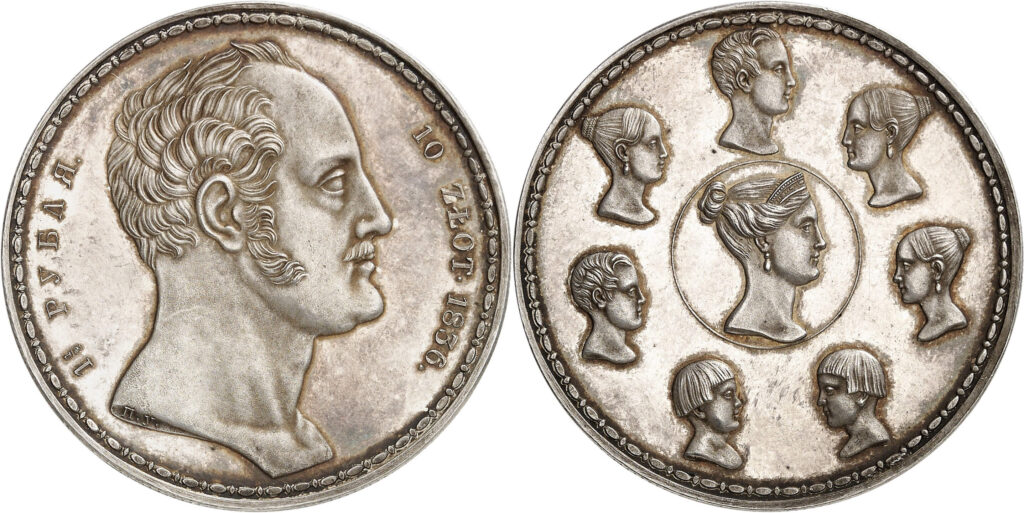
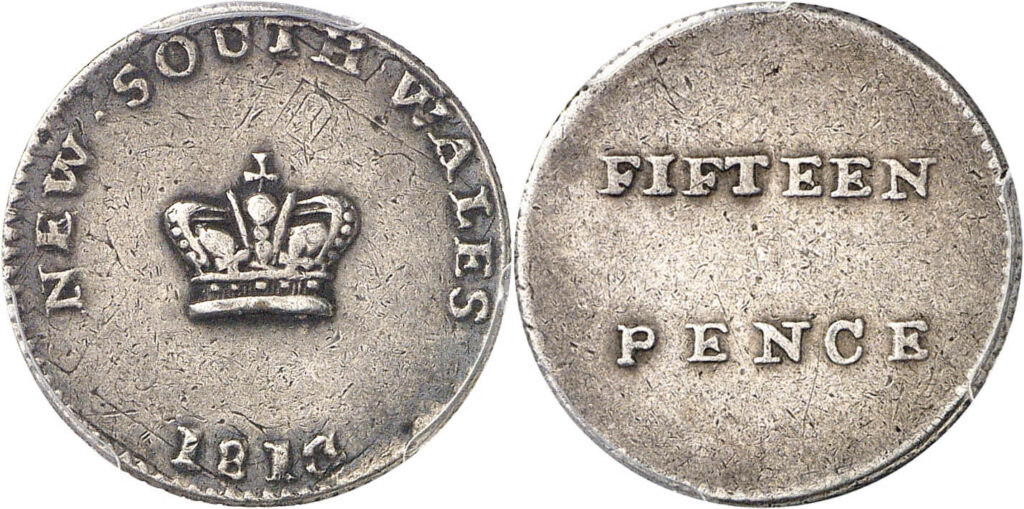
World coins and medals
Let us turn to world coins and medals. The undeniable highlight is a family rouble of Tsar Nicholas I minted in 1836/37 in Saint Petersburg with an estimate of 50,000 euros. Only 150 specimens of this type were minted. For lovers of Russian coins this piece is not only a highlight for its extraordinary rarity but also because it is the only contemporaneous coin featuring the tsar’s portrait.
Not everyone can afford such a coin. But that is no reason not to collect coins. Shortly after this piece, Künker offers a small series of medieval silver coins from Hungary. The estimates of these extremely interesting pieces – for which historically well-known persons such as Saint Stephen are responsible – already start at 30 euros.
Almost symbolically, the Skyler Liechty Collection of medals on the history of the New World is inserted between European coins and coins from overseas.
Let us conclude the preview of the catalogue 327 with a glance to the other end of the world, to Australia. The dump of a holey dollar of 15 pence is offered with an estimate of 20,000 euros.
Auction 328: Gold coins – German coins after 1871
Auction catalogue 328 only comprises 1,000 lots but they contain magnificent pieces. Gold multiples from Germany and the entire world as well as German coins minted after 1871 are on offer.
The two pieces with the highest estimates stem from the same period of time: A carlino da 5 doppie of Victor Amadeus III from Sardinia has an estimate of 60,000 euros. The very rare piece was minted in 1786 in Turin and is extremely fine.
The estimate of a gold medal of 20 ducats from Salzburg minted in 1772 is even higher: 80,000 euros. It was issued during a sede vacante period and only 26 specimens were minted.
A gold multiple of the Spanish king Charles III minted in 1785 in Guatemala is also worth mentioning. According to NGC, this is the best graded specimen of this extremely rare piece that stems from the last year the coin type was minted – only very few specimens of this year are known.
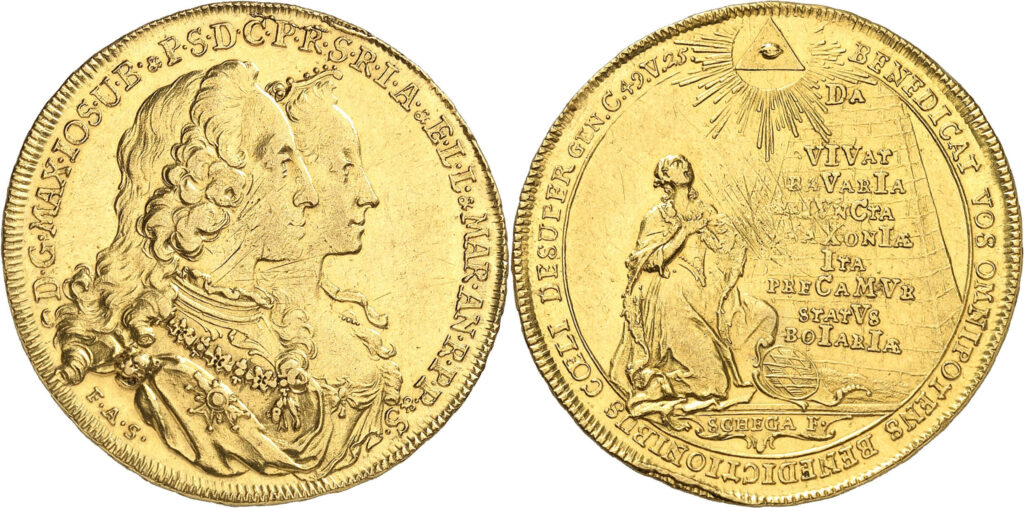
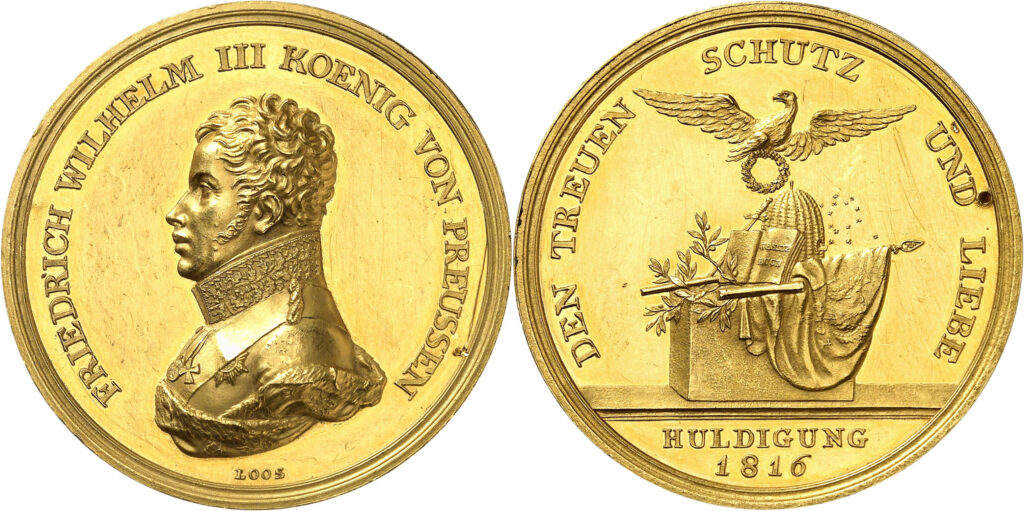
German States
Of course, there is also something for collectors of gold coins from the German States. From Bavaria, there is a piece of 5 ducats commissioned by the Bavarian “Landstände” (regional states) in 1747 in Munich on the occasion of the marriage of Maximilian III Joseph and Maria Anna, the Princess of Saxony.
In 1816, the Prussian Ministry of Finance commissioned that a gold homage medal of 16 ducats in honour of Frederick William III be created by D. F. Loos. The medal was no success: Only a few of the 20 pieces that were minted could be sold and the other medals were melted in – therefore, the medal offered at Künker is a great rarity.
While pieces made of Bavarian river gold can be found from time to time on the market, this rhine-gold ducat minted in 1772 in Mainz with the portrait of the Archbishop of Mainz Emerich Joseph von Breitbach-Bürrenheim is only offered on very rare occasions.
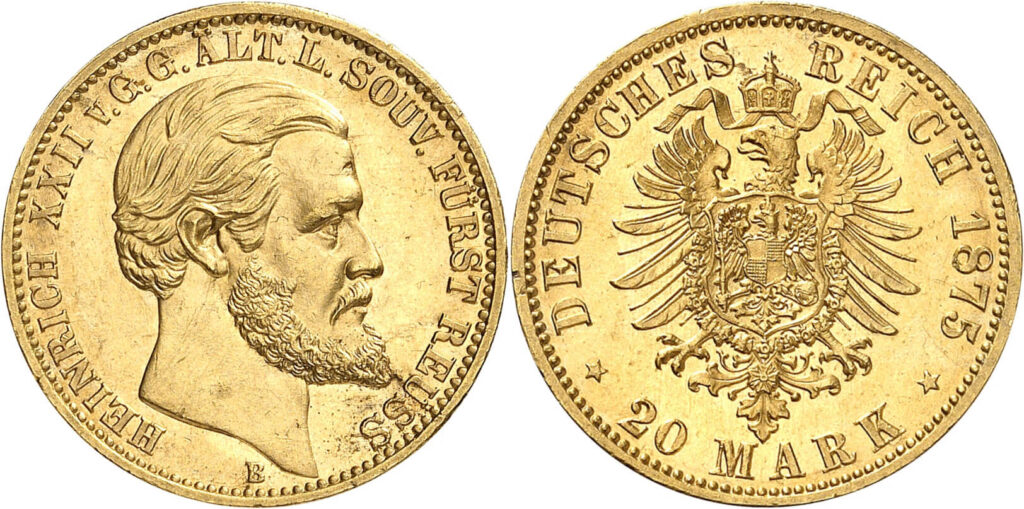
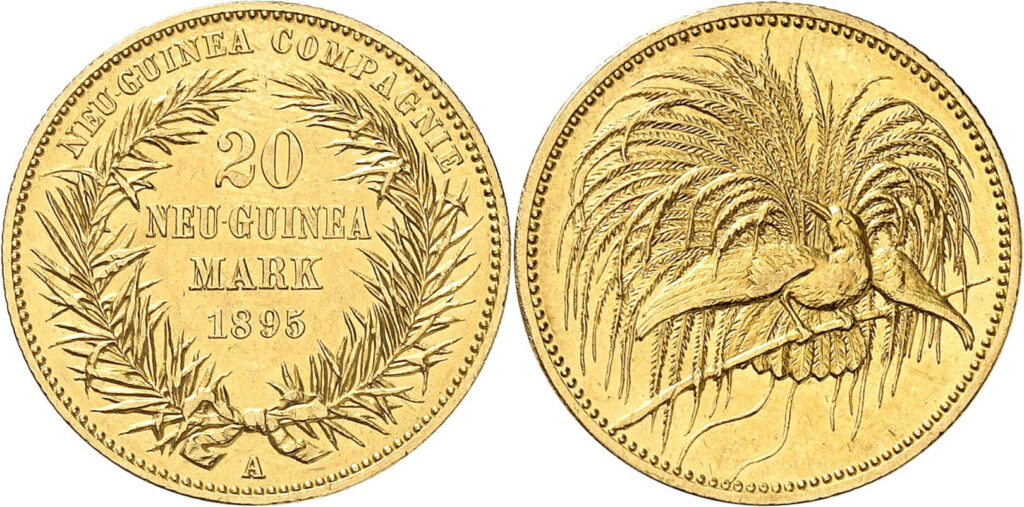
Germany after 1871
The numismatic part of the week ends with German coins minted after 1871. Among the pieces of the German Empire is one of the great rarities of this area: a 5 pfennig 1896 G, graded AU 50 by PCGS. With regard to the gold coins of the German Empire, the expert will find some extremely rare and extremely fine graded pieces, for example: Reuss, older line, 20 marks 1875 graded almost FDC (estimate: 30,000 euros), Saxe-Meiningen, 20 marks 1872 graded extremely fine (estimate: 20,000 euros) and 20 marks 1882 graded extremely fine (estimate: 20,000 euros).
Additionally, several gold multiples of the German colonies will be on offer, for example, 10 and 20 marks 1895 A pieces minted for German New Guinea (25,000 euros each).
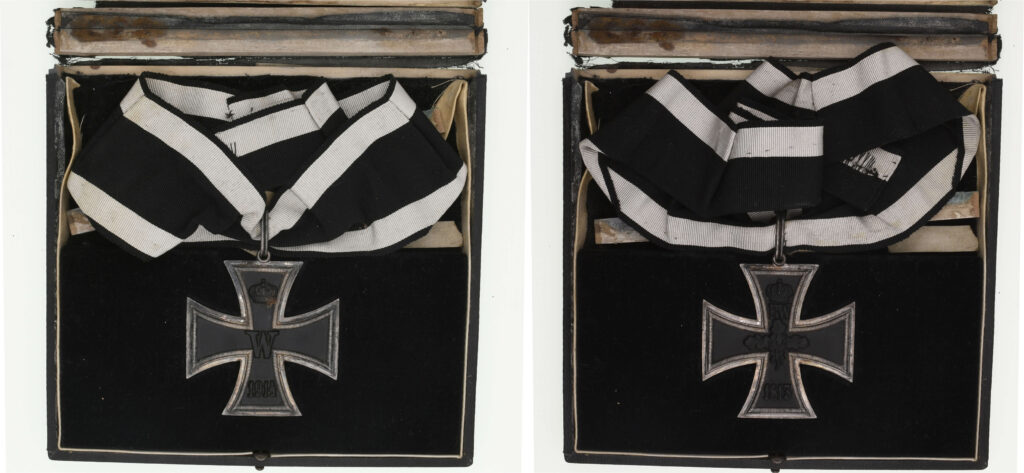
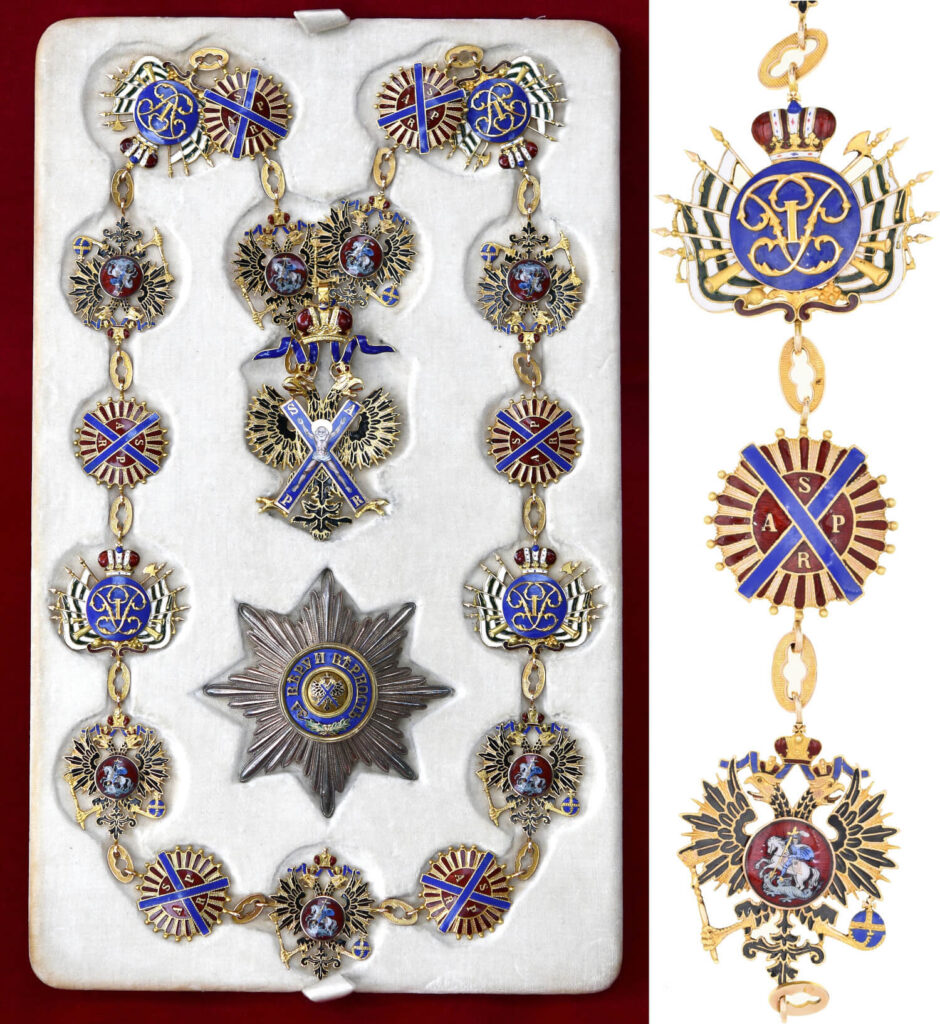
Auction 329: Orders and decorations
In collaboration with Michael Autengruber, an auction with more than 1,000 lots of orders and decorations will be held on the last day of Künker’s auction sales week.
By far the largest part of this auction is dedicated to the third part of the Peter Groch Collection. This time, the orders and decorations of the military conflicts of the 20th century until 1918/21 are on offer. The material was so extensive that the decorations of the Allies will be sold separately in a future auction as part 4 of the collection.
In addition, the estate of the legendary Prussian field marshal August von Mackensen comes to auction. And these are just a few highlights from the high-profile phaleristic offer.
Auction 330: eLive Dr. Rainer Opitz Collection, part 4
On 16 and 17 October 2019, part 4 of the Dr. Rainer Opitz Collection of coins and medals of Reformation and Protestantism will be offered in an eLive Premium Auction. The offer comprises more than 1,200 lots and contains numerous coins and medals with estimates starting at 5 euros. Whether you are a special collector or a beginner, a close look at this catalogue is definitely worth it.
The catalogues can be ordered at Künker, Nobbenburger Straße 4a, 49076 Osnabrück; phone: +49 541 / 96 20 20; fax: +49 541 / 96 20 222; or via e-mail.
You can also access the auction catalogues online.



